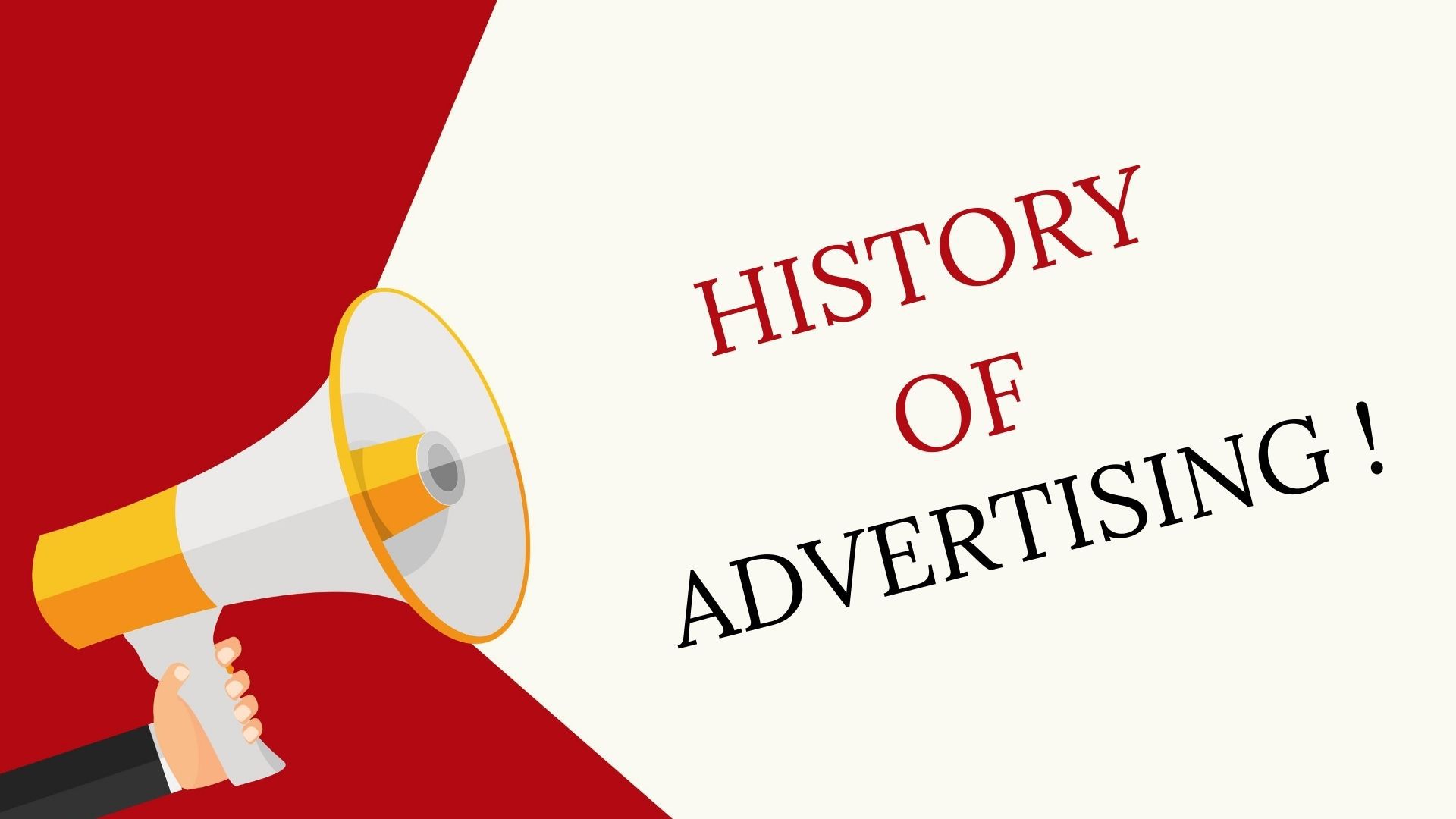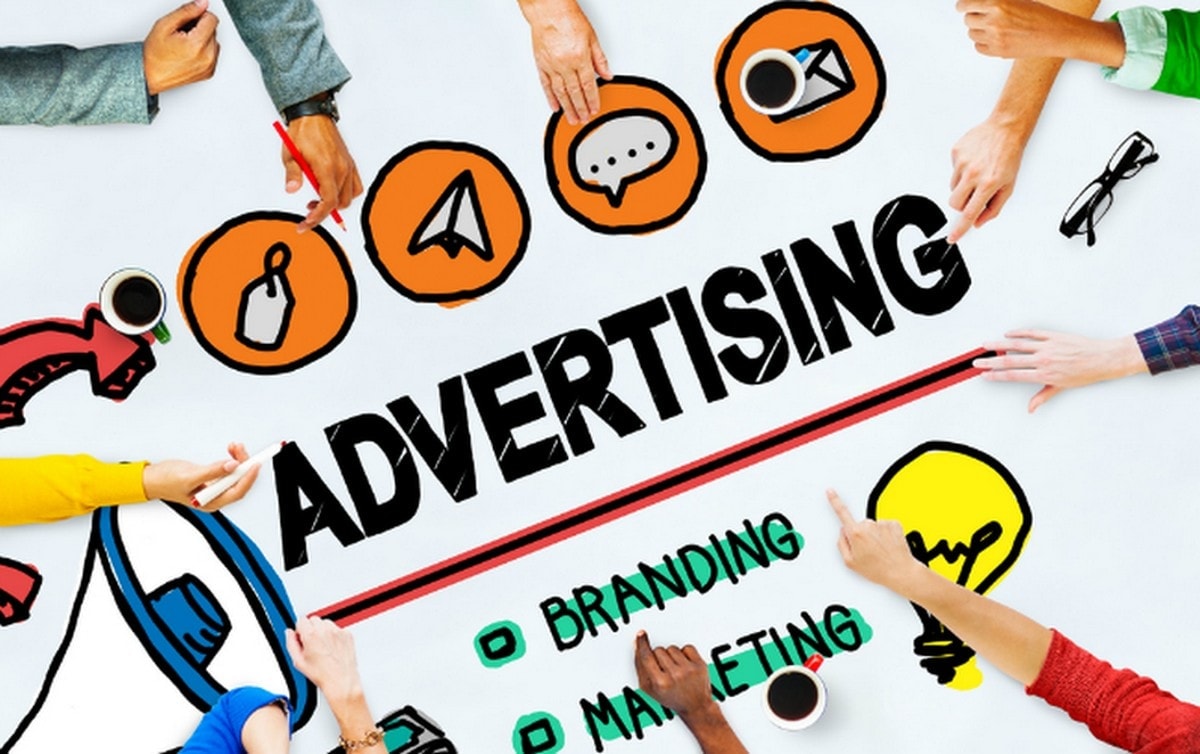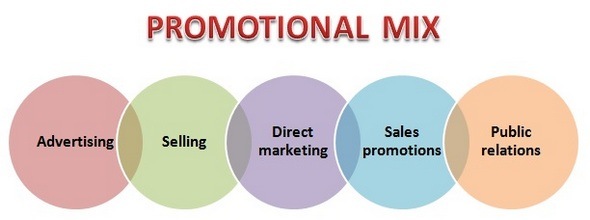
What is Carryover Effect or Carry-over Effects? | Marketing91
What is Carryover Effect or Carry-over Effects?
A carryover effect is an effect which is carried over from one condition to another over a period of time. Carry-over effect happens in Advertising as well as in Research. In this article, we are going to discuss the carryover effect in Advertising.
In order to understand carry over effect, it is important to brush up the basic concept of business communication. In the context of business, marketing is an umbrella term that refers to a wide range of activities like advertisements in print, broadcasts and new media; ads on hoardings and signboards; promotional messages and emails; advertisement campaigns; marketing campaigns, telemarketing, and other similar activities.
All such activities aim to hit the minds of the target audience from various points with a hope that multiple exposures to one product or brand at several points will evoke faster responses from the target group. However, this does not happen all the time.
Quite astonishingly, despite extensive marketing efforts, marketers don’t get a favorable response from the consumers. It is because, before purchasing any product, consumers go through a decision-making cycle. The purchase decision for some products may be instant and for some other kind of products, it may take even a few months for people to decide if they want to go with the product.
Irrespective of the nature and type of product, a company incurs huge costs for marketing. They realize the amount only when customers purchase the commodity, which can be just after seeing the communication or maybe months later.
Hence, there lies a time difference between seller’s communication (marketing expenditure) and buyer’s response (when the product is ultimately purchased, thus generating revenue). This time span is known as carryover effect.
Products which show Carryover effects
Products like daily necessities are purchased at regular intervals and involve a shorter decision-making cycle. For example, when consumers purchase cereals, soaps, hosieries, etc. they are moved by the latest ad exposure.
So, when the brand like Dove, Lux, oil brands, etc. feature their commercials, there are high chances of generating the quicker response, i.e. maximum people who will purchase the products next day, will go for such brands. In this case, the carry over effect is less, meaning marketers recover their spending faster. Hence, the present marketing expenditure will have an immediate effect on future sales revenue, as products will be sold fast.
Again there are commodities like Automobiles, Investment schemes, Home loans, etc. all of which require substantial investment and are a long-term venture, unlike the above-mentioned products which have short-term utility. In this kind of product, consumers take a lot of time to decide and plan their investment accordingly.
So, when Volkswagen or LIC or even SBI Home loans show their ads, they aren’t sure about the number of customers who will purchase their products and services. In this case, a longer time span is involved between current marketing expenditure and future sales revenue. Therefore, the carry over effect is long as customers give delayed responses.
A major problem with carry over effect is that marketers fail to map consumer responses with their communication, over the period of time. As brands continue exposing their products to the audience on a regular basis, it becomes for the marketers to conclude if the particular consumer has responded to the recent ads or to the ads which were shown before.
All kinds of marketing communication have a time-bound target over a period of time. For example, an advertisement can have a target of selling 1000units of the product every 3months. It may so happen that the first three months fail to achieve its target whereas the next three months achieve product sales higher than the target.
In such a scenario, marketers baffle to conclude if these customers who have responded in the second three-month term have responded to the ads of the first term or that of the second. In such circumstance, they really cannot evaluate the correct carry over effect of their commodity.
Also, in the absence of extensive customer feedback on the particular communication which has encouraged them to go with a product; defining a proper carry over effect becomes a tall order.
Carry over effect also has a second meaning. To understand this, it is vital to know about two significant terms- customer retention rate and customer decay rate. Customer retention rate is the percentage of initial customers who continue to purchase the same product of a particular brand. More the number of repeated visits by the customer; more is the rate of retention.
Opposite to it is the customer decay rate. It is the percentage of initial customers who don’t turn up for repurchase. If less number of customers repurchases the products, the marketer is incapable of holding the consumer to the brand. Carry over effect here means the difference between customer retention rate and the customer decay rate.
A third inference of carry over effect is the hold-over effect by newly acquired consumers while continuing to purchase the same product. In simple words, it is the difference of time period between the multiple purchases made by such customers. By analyzing this carry over effect, marketers get to know about the purchase frequency and spending pattern of the customers and can, therefore, target them with the relevant messages accordingly.
Often, carry over effect act as a bane for the marketers. In situations like changing market trends, emerging sectors, changing buyers’ preferences and rising prices (inflation), marketers do not realize their current spending.
This, in turn, deteriorates the quality and efficiency of various marketing activities. Those in the marketing profession are prone to become careless as they don’t have a position to come to any conclusion amidst such market scenarios. Therefore, in such circumstances marketers make a futile struggle to create an impact in the minds and hearts of their target audience.
Therefore carry over effect in itself is tricky. In most cases, marketing experts fail to draw a firm conclusion about their spending and sales generation. Also, in the context of unstable market condition or changing dynamics of market structure, evaluating carry over effect is a Herculean task.
Nonetheless, carry over effect can be analyzed on a long-term tenure, may be from 3 to 5years. This will help marketers to get a clearer picture of consumer responses, based on which they can make relevant forecasts, fix targets and invest in further marketing activities.










